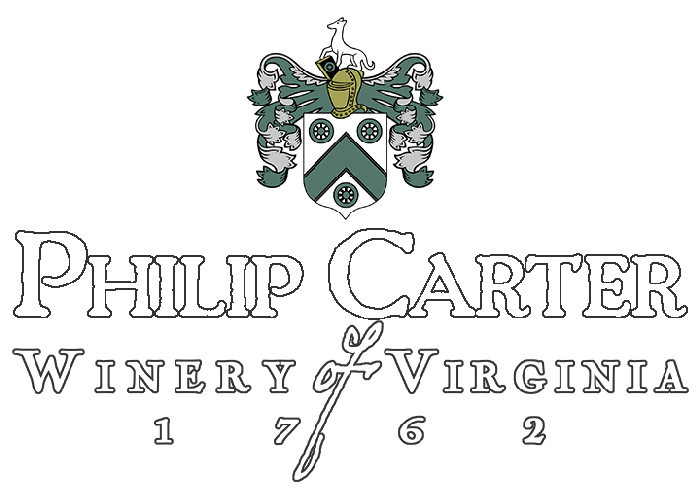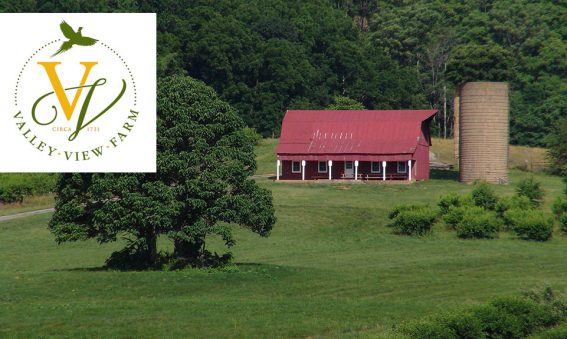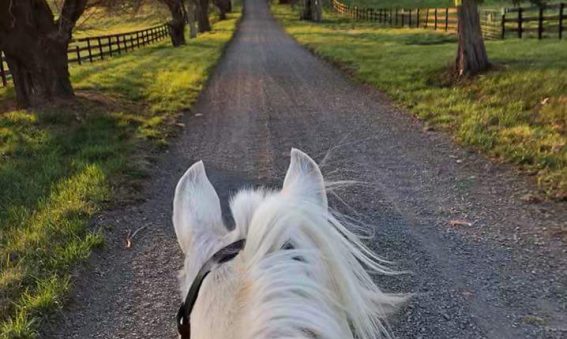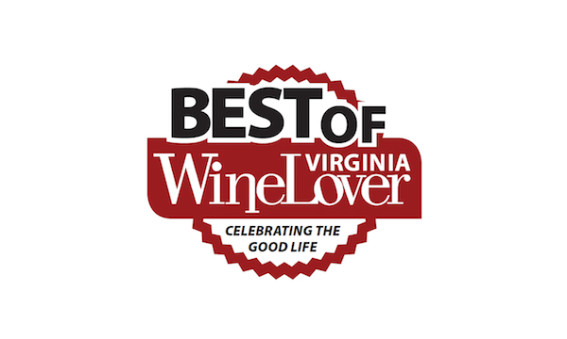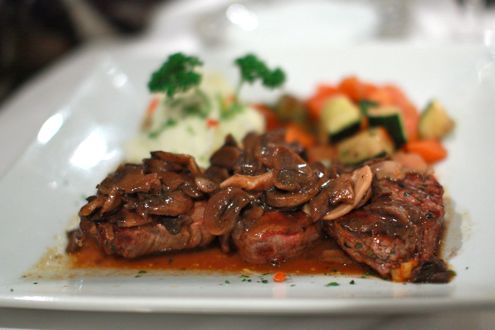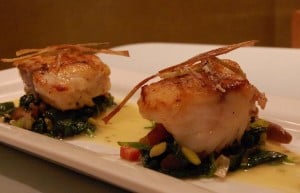At this time of year we are frequently asked, what if anything is going on at Philip Carter Winery? While the production work has slowed following the conclusion of harvest, it is one of the most important times of year for our vineyard management program.
The main purpose of vineyard management is to achieve a maximum yield of fruit, at the desired quality level. One of the greatest influences on both yield and quality is winter pruning. Winter pruning involves the removal of up to 90% of the previous season’s vine growth. The overall goal of winter pruning is to prepare the vines for the upcoming growing season. This pruning helps to construct the location and general development of the canopy. A properly constructed canopy has great influence on overall grape yield, health, and development.
This highly influential pruning is normally conducted during the winter months, while the vines are dormant. In the fall, the vines begin moving complex minerals and nutrients via the vascular system from the leaves, down into the permanent wood (roots, trunk, and cordons). Pruning too early in the season can disrupt this nutrient transfer, leaving the vines deficient for the upcoming growing season. Pruning too late can sometimes lead to a delayed bud-break, which in turn can affect the entire growing season. In addition, pruning while the vines are dormant and absent of foliage allows for easier wood selection and cane tying.
The first round of winter pruning removes the majority of the cane (the previous season’s growth) to allow for a more precise bud selection at the final pruning pass.
Pruning removes buds, via cane removal, that would otherwise become new shoots and bear fruit the following season. By removing buds, growth is concentrated into the remaining buds, and eventually, canopy and fruit development. Before winter pruning, a single vine can have well over 100 buds. On average, a single vine is pruned down to 30-36 buds per vine.
Pruning either too much or too little can lead to an unbalanced vine and grape development. Pruning the vines too much means more buds were removed than necessary and the growth from those remaining buds might not provide enough nutrients and minerals to fully ripen the fruit. During dormancy, precious nutrients and minerals are stored in all woody parts of the vines, and the more woody material removed, the fewer nutrients and minerals available for the upcoming growing season. Not pruning the vines enough means too many buds were left on the spurs, which will result in an excess of vegetative growth, leading to uneven fruit development.
Selecting how many buds to leave per spur depends on many different factors. Usually, the younger a vine the fewer buds left per spur. As the vine matures, more buds are left per spur until vine and grape development are at an achieved balanced state. If vines sustain cold damage over the winter, more buds may need to be left per spur to achieve proper vine and grape development.
Winter pruning should be seen as just the first step in a growing season towards achieving vine balance and optimum grape development. When properly pruned, shoot vigor can be controlled permitting the vine to fully ripen its fruit to the desired yield. Equally important to consistently ripening fruit from one year to the next is the overall long-term health of the vines.
At PCW, we have three distinct vineyard locations, Vineyards at Hume, Strother Family Vineyards in Delaplane, and Bigfoot Vineyards in Warrenton. Three unique vineyard sites across the northern Piedmont totaling 20 acres of vineyards.
Of our three locations, the Strother Family Vineyards offers one of the preeminent vineyard sites in the Mid-Atlantic region of the United States. Its southeast aspect and dramatic slopes are perfectly positioned at a 1,050’ altitude. The soils are a silty clay loam with a complex residuum mix of weathered granite and gneiss, and are classified by the U.S. Department of Agriculture as being of statewide importance. There is a sense of place to SFV and its terroir produces exceptionally delicate wines with beautiful minerality that are both expressive and reflective of the Piedmont of Virginia region. At this site, we grow Chardonnay, Cabernet Franc, and Petit Manseng.
Definitions
Buds – One or more embryonic shoots protected in a series of modified leaves called bud scales.
Bud Break – When buds begin to swell and grow.
Cane – The vine shoot from the period it matures and lignifies (turns brown and woody) until the end of the second year of growth.
Canopy – The foliage cover of the vine.
Compound-bud – The mature axillary bud that survives the winter; typically possessing three immature buds in differing states of development.
Cordon – An arm or trunk extension positioned horizontally or at an angle to the axis of the trunk.
Spur – A short cane possessing the desired bud count.
Trunk – The vertical wood stem of a vine up to the origin of the branches.
Vitis vinifera – The primary grape species cultivated and used as a source of wine, table grapes, and raisin grapes.
Yield – The fruit crop per area planted.
